
Michael Knights
Washington Institute for Near East Policy
On July 1, Iraq’s Prime Minister Adil Abdul Mahdi issued his first executive order on the issue of reforming the Popular Mobilization Forces (PMF, or Hashd al-Shaabi in Arabic), the mixture of Iran-backed militias and new volunteers raised as a reserve army to fight Islamic State five years ago.
In late June I returned from my third research visit to Iraq this year, where I had an opportunity to speak at length to Prime Minister Mahdi and other Iraqi leaders about the forthcoming PMF reform plan. Iraqi leaders recognize that the PMF is in danger of damaging its reputation inside Iraq if it is not brought under control, both in terms of cracking down on mafia-like economic activities and stopping unauthorized attacks on U.S. forces in Iraq and on neighboring states.
Mahdi’s 560-word executive order briefly outlines a broader and more detailed plan that has been under development for nearly a year. The plan has the potential to either reduce the risk from militias or dangerously consolidate their power, depending on how it is implemented.
The July 1 order, and an earlier prime ministerial statement on June 18, forbid a range of activities by the armed volunteer units. PMF units must not maintain bases unless they are expressly authorized by the state, nor may they have economic offices or money-making ventures. They should not move forces, store weapons or manufacture arms “outside the knowledge, administration and control” of the prime minister. Any armed faction operating outside these rules should be “considered outside the law and accordingly prosecuted.”
Though not stated yet in public, the PMF are also expected to gradually redeploy from their numerous small bases to larger cantons, as security conditions permit. This means that predominately Shia PMF units from the south of Iraq will, within the next year or two, be progressively withdrawn from areas like the Syrian border region and Islamic State “hot spots” like Nineveh, Salah al-Din, Kirkuk and Anbar.
In the notional scheme being envisaged by Iraqi leaders, the PMF units would be withdrawn to four canton areas: the circle of rural districts outside Baghdad; Diyala province, northeast of Baghdad; the shrine city of Samarra, north of Baghdad; and the desert flank from the shrine city of Karbala all the way to the Saudi border.
In essence, the PMF would be pulled back from Sunni-only areas to form a defensive belt between Sunni-majority Iraq and the Shia areas. A test case is being undertaken this week to lower the profile of PMF units in Christian areas near Mosul, a clear gesture towards U.S. sensibilities regarding minorities near the city.
A full-scale redeployment is a tall order and would take years to implement. It will require Iraqi Army forces to be sent north to backfill the PMF, leaving fewer non-PMF units around the government center in the capital. Iraq has a history of military coups, and there is still lingering political mistrust of the military among older political leadership. However, removal of the army from Baghdad could simply make the government more vulnerable to PMF pressure instead, swapping one threat for another.
There is also a risk that a PMF consolidation program could benefit the central leadership under Abu Mahdi al-Muhandis, the operational leader of the PMF and a U.S.-designed terrorist. At present, the PMF are fractured into 60 or so units, limiting Abu Mahdi’s grip. The consolidation program, which includes the shedding of individual militia names, will centralize authority that is presently wielded by Abu Mahdi.
Nor is justice likely to be independently applied to PMF-related militants who break the new rules. Abu Mahdi and another Tehran-backed player, Abu Zaynab al-Lami, run the internal affairs wing of the PMF, which is charged with cracking down on offenders. As a result, the imposition of internal discipline is likely to benefit leaders supported by Iran more than any other faction.
The U.S. must now balance patience and the maintenance of pressure in its dealings with the Iraqi government on these issues. Iraq’s leadership should be quietly commended for beginning this process and laying out such an ambitious agenda, but the proof is in implementation.
To reduce the risk of unintended and negative consequences from the PMF reform effort, the Iraqi government – encouraged and supported by its international security partners – should begin to gradually transition the mid-level leadership of the PMF into the hands of a broader range of factions, including non-political figures and leaders nominated by major shrine foundations. In time, figures like Abu Mahdi al-Muhandis and Abu Zaynab al-Lami, who have plenty of rivals, could be isolated and eased out.
The sanctioning of some Iran-backed Iraqi militia groups – which is likely this summer – may be less contentious than before, being that groups such as Kata’ib Al-Imam Ali (led by the U.S.-designated terrorist Shibl al-Zaydi) will no longer have any units of the PMF named after them.
One early sign of seriousness that the Iraqi government could show would be the re-entry of government security forces into the bases previously monopolized by the larger Iranian-backed PMF units. For instance, the Iranian drones launched against Saudi Arabia pipelines came from Jurf as-Sakr, a military zone just outside Baghdad in which Abu Mahdi’s faction, the U.S.-designated terrorist movement Kata’ib Hezbollah, denies the Iraqi government any access. If Iraq is serious about PMF reform, this base and others run by Badr, Kata’ib Al-Imam Ali, and Asa’ib Ahl al-Haq should open their doors to immediate inspection to show they are under state control.

Dr. Michael Knights is a senior fellow at the Washington Institute for Near East Policy. He just returned from his third research trip to Iraq this year, where he interviewed senior Iraqi leaders on PMF reform.
All views and opinions expressed in this article are those of the author, and do not necessarily reflect the opinions or positions of The Defense Post.
The Defense Post aims to publish a wide range of high-quality opinion and analysis from a diverse array of people – do you want to send us yours? Click here to submit an Op-Ed.



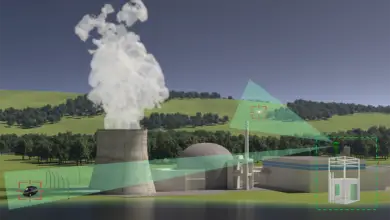


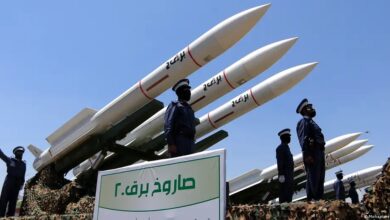
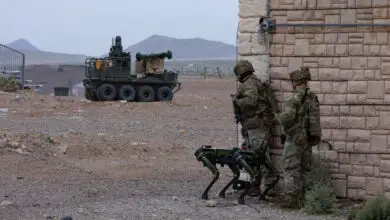
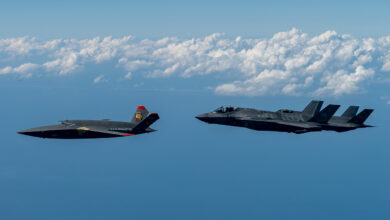
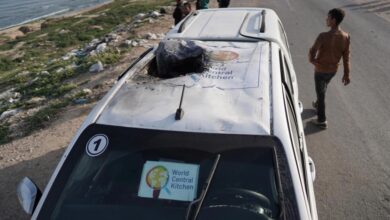


One Comment